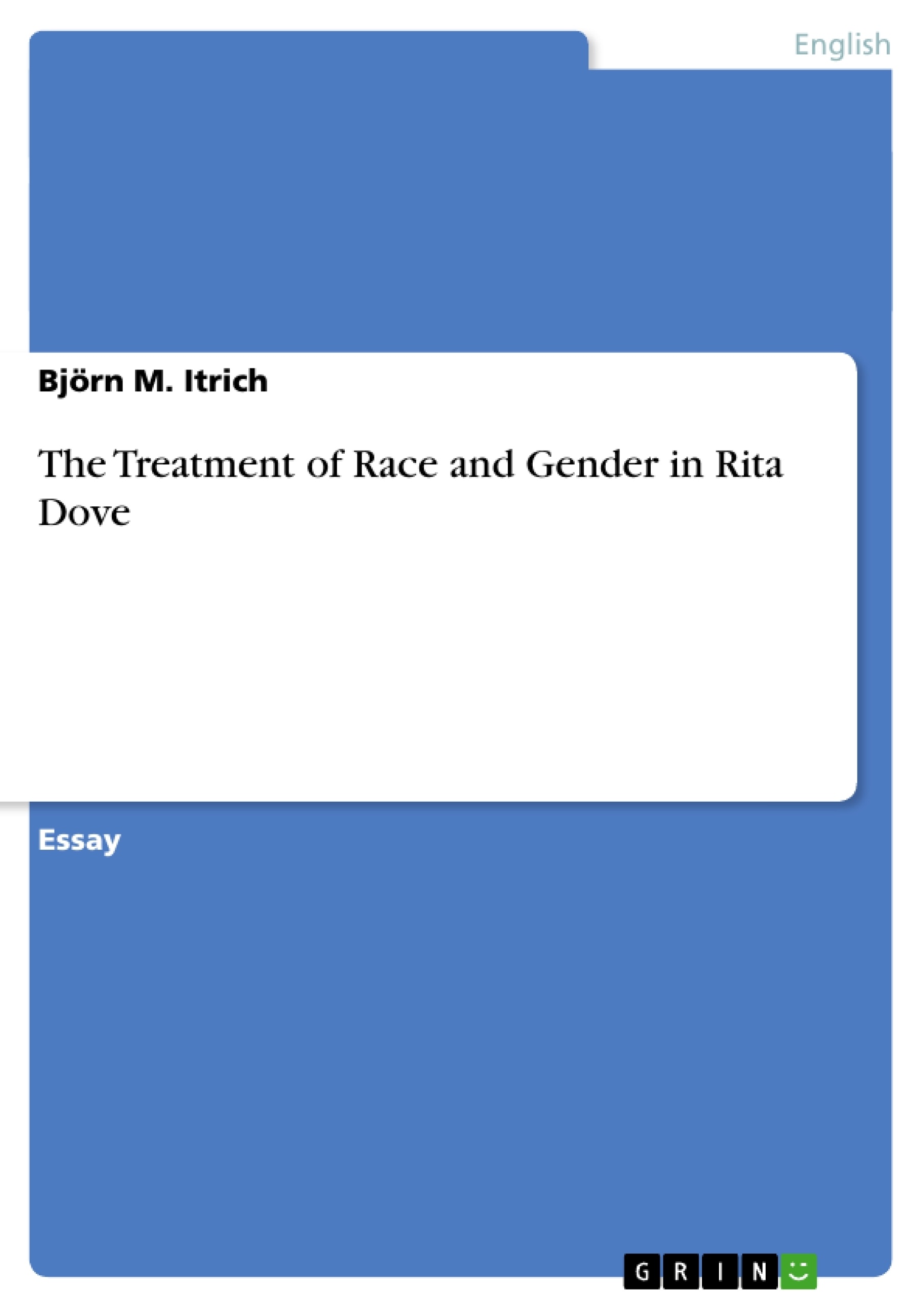Traditional black literature since the 1960’s tends to operate according to the creed: “Black literature BY blacks, ABOUT blacks, directed TO blacks. ESSENTIAL black literature is the distillation of black life,” Ekaterini Georgoudaki states. However, similar opinions had been voiced much earlier than the 1960’s. Langston Hughes stated in his 1926 essay “The Negro Artist and the Racial Mountain” that no black artist can be truly called a black artist, if he intends to be a poet for black and white. He reports the following incident:
One of the most promising of the young Negro poets said to me once, “I want to be a poet – not a Negro poet,” meaning, I believe, “I want to write like a white poet”; meaning subconsciously, “I would like to be a white poet”; meaning behind that, “I would like to be white.” And I was sorry the young man said that, for no great poet has ever been afraid of himself.
Behind Hughes’s comment lies the assumption that even “[w]ithout going outside his race [...] there is sufficient matter to furnish a black artist with a lifetime of creative work.” Hughes’s suggestion that the black artist take his material solely from within the black community limits the choice of topics for the black artist and restricts his scope. Furthermore, Hughes claims that the black poet writing about the relations between black and white may contribute “his racial individuality, his heritage of rhythm and warmth, and his incongruous humour that so often, as in the Blues, becomes ironic laughter mixed with tears.” The black writer, according to Hughes, has to obtain a particular style, marking him clearly as black.
Table of Contents
- The Treatment of Race and Gender in Rita Dove
- Wingfoot Lake
- Beulah's Thoughts on Independence Day 1964
- The Swimming Pool as a Symbol of Racial Separation
- The Picnic and the Consumer Society
- The March on Washington and the Image of the "Crow's Wing"
- Beulah's Reflections on her African Roots
- The Wingfoot Lake Company as a Symbol of White Enterprise
- Crab-Boil
- The Beach as a Symbol of Racial Separation
- The Crabs as a Metaphor for the Black Community
- The Limited Perspective of the Black Community
- The Natural Environment as a Force of Destruction
- The Narrator's Defiance
- Conclusion
Objectives and Key Themes
This essay aims to examine the treatment of race and gender in the poetry of Rita Dove, specifically focusing on poems from her collections "Thomas and Beulah" and "Grace Notes." By analyzing these poems, the essay seeks to demonstrate how Dove transcends traditional and restrictive notions of race and gender in literature.
- The portrayal of race and gender in traditional black and women's literature
- The role of social and historical context in shaping Dove's work
- Dove's use of symbolism and imagery to explore themes of race, gender, and identity
- The interplay between individual and collective experience in Dove's poetry
- The impact of Dove's work on contemporary understandings of race and gender
Chapter Summaries
The essay begins by outlining the traditional views on black and women's literature, drawing upon the perspectives of Langston Hughes and Hélène Cixous. It then analyzes Dove's poem "Wingfoot Lake" from the collection "Thomas and Beulah," examining its portrayal of racial segregation and its impact on Beulah's perspectives on identity and belonging. The essay continues by analyzing "Crab-Boil," another poem from "Thomas and Beulah," highlighting the use of crabs as a metaphor for the black community and exploring the themes of social mobility, oppression, and defiance.
Keywords
The main keywords and focus topics of the essay are: race, gender, black literature, women's literature, Rita Dove, "Thomas and Beulah," "Wingfoot Lake," "Crab-Boil," segregation, identity, belonging, symbolism, imagery, social mobility, oppression, defiance.
- Quote paper
- Björn M. Itrich (Author), 2005, The Treatment of Race and Gender in Rita Dove, Munich, GRIN Verlag, https://www.grin.com/document/46155



